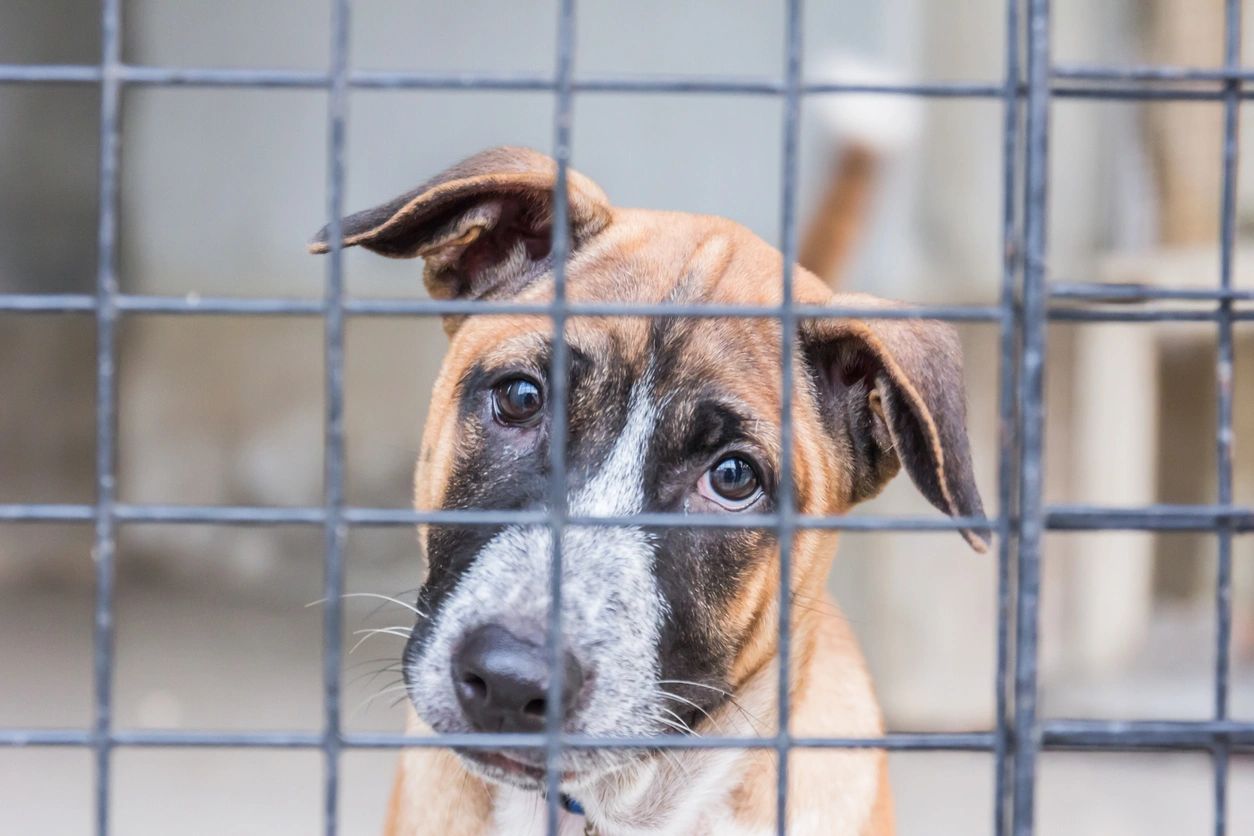Protecting you, your family, and your pets from rabies.
Our rabies prevention program receives reports of animal bites and ensures that owned animals are quarantined, have a veterinary evaluation at the end of the quarantine period, and have current vaccination against rabies.
We can also assist with referral to initiate rabies prophylaxis for the bite victim and rabies testing of the animal after an animal bite occurs if necessary.
For more information or educational materials, call (419) 468-1075 x1276.
Reporting an animal bite
Complete an Animal Bite Report.
You may submit the report any of the following ways:
- Complete and email.
- Complete, print, and hand deliver to our office.
- Complete, print, and fax to (419) 468-8618.

-
- Rabies is a viral disease that causes encephalitis, which is inflammation (swelling) of the brain. The early symptoms of rabies in people are similar to that of many other illnesses, including fever, headache, and general weakness or discomfort.
- As the disease progresses, more specific symptoms appear and may include insomnia, anxiety, confusion, slight or partial paralysis, excitation, hallucinations, agitation, increase in saliva and difficulty swallowing (leading to the appearance of “foaming at the mouth”), and fear of water.
- Death usually occurs within days of the onset of these symptoms. Because rabies is a very serious illness, our health department takes all precautions to prevent it.
- Rabies is a viral disease that causes encephalitis, which is inflammation (swelling) of the brain. The early symptoms of rabies in people are similar to that of many other illnesses, including fever, headache, and general weakness or discomfort.
The most common mode of rabies virus transmission is through the bite of an infected animal. The rabies virus is transmitted through saliva and brain/nervous system tissue. If contact with either of these has occurred, the type of exposure should be evaluated to determine if treatment is necessary.
Contact such as petting or handling an animal or contact with blood, urine, or feces does not constitute an exposure. No treatment is needed in these situations. Rabies is transmitted only when the virus is introduced into a bite wound, open cuts in the skin, or onto mucous membranes such as the mouth or eyes.
When an exposure has occurred, the likelihood of rabies infection varies with the type of exposure.
There are two categories of exposure, bite, and non-bite.
-
- Bite: Any penetration of the skin by teeth constitutes a bite exposure. All bites, regardless of body site, represent a potential risk of rabies transmission, but that risk varies with the species of biting an animal, the site of the bite, and the severity of the wound. Bites by some animals such as bats may inflict only minor injury and thus be difficult to detect.
-
- Non-bite: The contamination of open wounds, abrasions, mucous membranes, or scratches with potentially infectious material from an animal constitutes a non-bite exposure. Nonbite exposures from land-dwelling animals rarely cause rabies. However, because rabies transmission has been known to occur from non-bite exposures, these exposures are evaluated to determine whether rabies vaccination should be given.
A healthy domestic dog, cat, or ferret that bites a person should be quarantined (confined and observed) by its owner for 10 days. An animal that has rabies virus in its saliva will begin to show rabies symptoms within 10 days.
Any illness in an animal during the quarantine period or before release from quarantine should be evaluated by a veterinarian and reported to the health department as soon as possible.
If signs suggestive of rabies develop, the animal should be tested for rabies as soon as possible. A stray or unwanted animal: it should be quarantined for 10 days.
Biting animals should be tested as soon as possible under the following circumstances:
-
- A domestic animal develops signs suggestive of rabies during the quarantine period.
- A stray or unwanted animal cannot be quarantined.
- The animal is wild, including skunks, raccoons, foxes, and bats.
Any mammal can get rabies. Wild animals most commonly infected with rabies are raccoons, skunks, bats, foxes, and coyotes. Domestic mammals can also get rabies. Cats, cattle, and dogs are the most frequently reported rabid domestic animals in the United States.
You should seek medical evaluation for any animal bite. Wash any wounds immediately as one of the most effective ways to decrease the chance for infection is to wash the wound thoroughly with soap and water. It’s important to remember that rabies is a medical urgency and decisions should not be delayed.
Rabies vaccination is recommended in most cases following a wild animal bite. Your doctor, possibly in consultation with your state or local health department, will decide if you need a rabies vaccination. If decided necessary, rabies vaccination should be given as soon as possible after the exposure.
Rabies Prevention
- Visit your veterinarian with your pet on a regular basis and keep rabies vaccinations up-to-date for all cats, ferrets, and dogs.
- Maintain control of your pets by keeping cats and ferrets indoors and keeping dogs under direct supervision.
- Spay or neuter your pets to help reduce the number of unwanted pets that may not be properly cared for or vaccinated regularly.
- Call animal control to remove stray animals from your neighborhood since these animals may be unvaccinated or ill.

